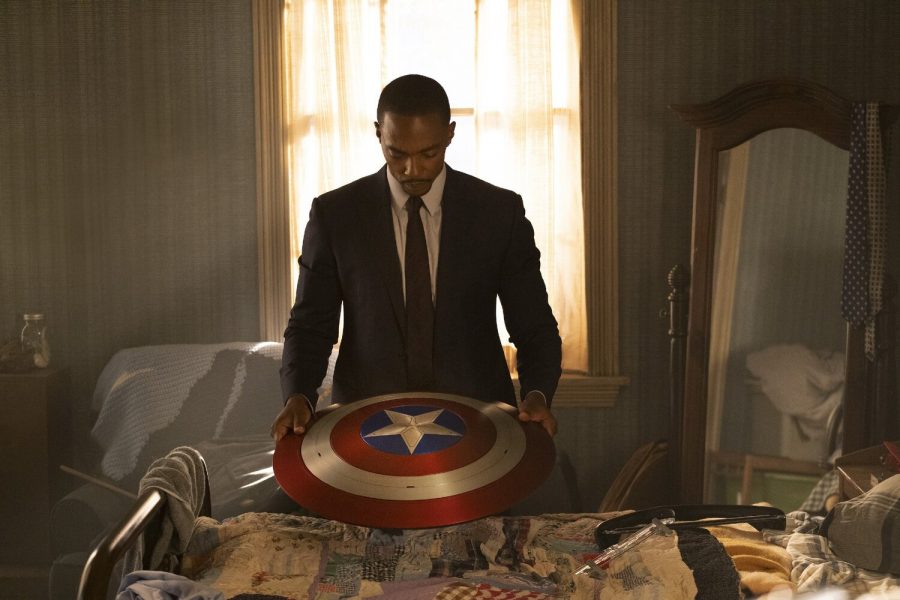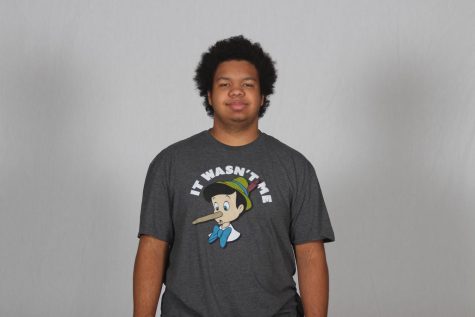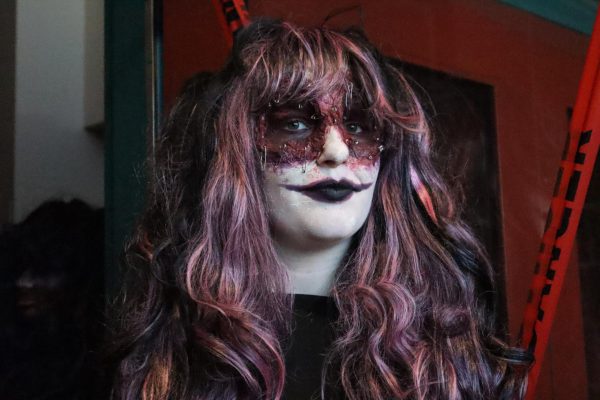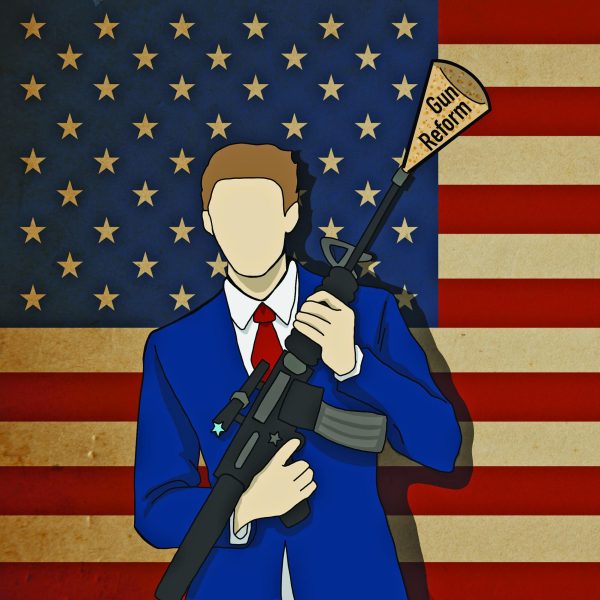Disney+ series transforms the Falcon into Captain America
Sam Wilson is looking at the Captain America shield that was given to him by Steve Rogers at the end of Endgame. Sam will take the shield to the U.S. government to have it as a memorial.
May 11, 2021
When fans of the Captain America series tuned into the first episode of The Falcon and The Winter Soldier, they didn’t know what to expect.
The directors of this mini-series had the difficult task of explaining why Steve Rogers handed over his iconic shield to Sam Wilson at the conclusion of Avengers: End Game, and thus handing over the legacy of this iconic superhero to a character that hasn’t had the same amount of focus or screen time thus far in the Marvel Cinematic Universe.
Since Rogers first met Wilson in the film Captain America: The Winter Soldier, it was clear that there is a mutual respect between these former soldiers turned superheroes. However, there was an open question about whether fans would accept Wilson as a worthy successor to Roger’s legacy.
The United States government decides to let John Walker take up the mantle, only because he’s a good soldier with three Medal of Honors. As the series goes on, you can see that John is prone to outbursts and anger which leads him to take the Super Soldier serum in order to feel like Steve Rogers. Once he takes the Super Soldier serum, he kills a man after he wrongly believes that he was the one who killed his bestfriend, Lamar Hopkins.
This six-episode mini-series manages to accomplish this transition nicely, but what’s more is that it brings current day societal problems into the Marvel Cinematic Universe, and it does it right.
For example, the series takes on issues like racial profiling and tensions. In episode 2, Sam is angry at Bucky because he didn’t tell anybody about another super soldier and that his history was wiped by the government. While Sam is angry at Bucky, a cop car pulls up and two cops come and investigate. One of the officers tells Sam to show the officer his ID and asks Bucky Barnes if Sam is “bothering” him, showing a common microaggression faced by black men in America on a daily basis. It’s only when the officer realizes that Wilson is the Falcon that his attitude toward him improves.
The show also addresses problems with how poor and victimized people view the actions of the United States and other powerful countries in the world. The writers of this series tackle the difficult political questions that are left after the so-called “blip” from Infinity War and Endgame in which half of the world’s population vanished and then reappeared five years later.
Throughout this series, Wilson and Barnes are pursuing a group called the Flag Smashers, whose members believe the world was better off during the blip, which are raiding and attacking facilities run by the Global Repatriation Council. Wilson works to understand the motivations of the Flag-Smashers leader Karli Morgenthau, who has adopted win-at-all-cost tactics when she is fighting for poor and displaced people.
In the final episode of the series, Wilson makes a full transition into becoming the first black Captain America, with a Wakandan built flying suit and carrying Rogers’ iconic shield. After some epic battles against the Flag Smashers, Wilson convinces the GRC to postpone the forced relocation of displaced people that Morgenthau died fighting for and instead make efforts to help them.
The significance of Wilson becoming the first black Captain America is very important because Captain America has only been portrayed by white actors in the movies for decades. So it’s pretty cool to see a black man wearing stars and stripes, taking up the mantle of the most iconic superheroes.
The show could’ve done better at explaining what the GRC was doing to cause Karli Morganthau to take such drastic measures to achieve her goal. Overall the show is very good and I’d recommend it to anyone who is interested in Marvel.







